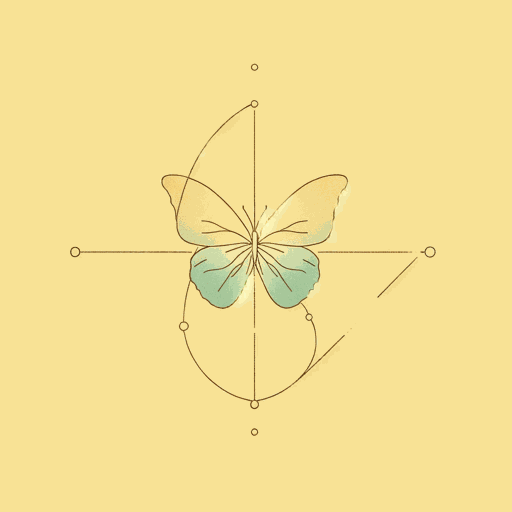53 pages • 1 hour read
James GleickChaos: Making a New Science
Nonfiction | Book | Adult | Published in 1987A modern alternative to SparkNotes and CliffsNotes, SuperSummary offers high-quality Study Guides with detailed chapter summaries and analysis of major themes, characters, and more.
Chapters 6-8Chapter Summaries & Analyses
Chapter 6 Summary: “Universality”
Mitchell Fiegenbaum was interested in contributing something new to the field of science. He wanted to understand the greatest mysteries of the universe rather than the particular workings of some specific field. He looked to the work of Kenneth Wilson (a Nobel Prize winner) and Leo Kadanoff for ideas that would help explain this universe. Kadanoff had revealed that various phase transitions “all follow the same rules” (161). Wilson expanded on this research to show that scaling was significant to comprehending these rules, to observing the impact of self-similarity. Something was potentially universal about this way of looking at elements. Feigenbaum wanted to apply these innovations to the problem of turbulence.
Instead of looking toward established Newtonian science, Feigenbaum gravitated to the ideas of German Romanticist Johann Wolfgang von Goethe. Focusing on color, Feigenbaum accepted Goethe’s assertion that perception was more objective than evidence; that is, he questioned how something like “blueness” can exist outside human perception. Being able to prove this insight might lead to a greater understanding of “how disorder can produce universality” (166). Taking this direction reverberates with what Lorenz originally suggested via his weather simulations. Instead of trying to map the consistency of climate, Lorenz’s experiments inadvertently begged the question of whether a “climate” existed at all.
Featured Collections
Animals in Literature
View Collection
Appearance Versus Reality
View Collection
Business & Economics
View Collection
Health & Medicine
View Collection
National Book Awards Winners & Finalists
View Collection
Order & Chaos
View Collection
Philosophy, Logic, & Ethics
View Collection
Pulitzer Prize Fiction Awardees &...
View Collection
Science & Nature
View Collection

